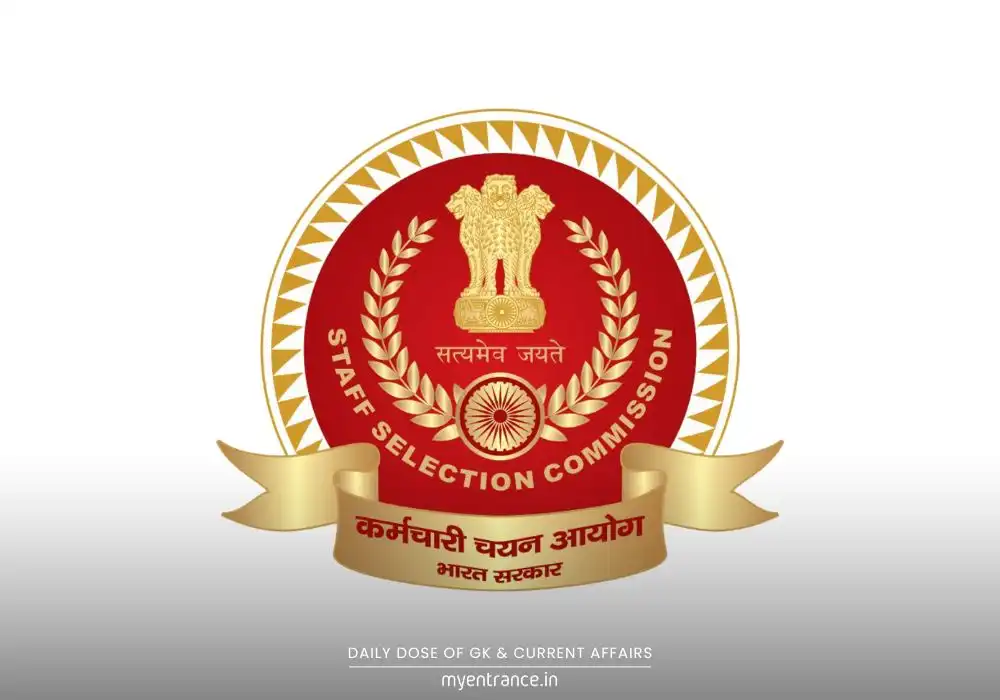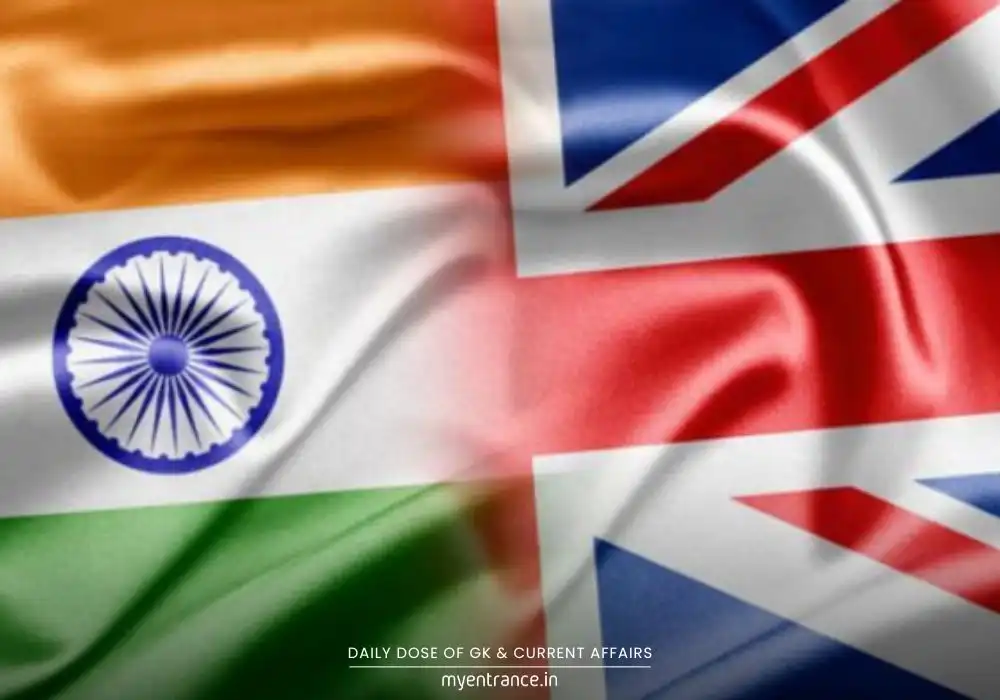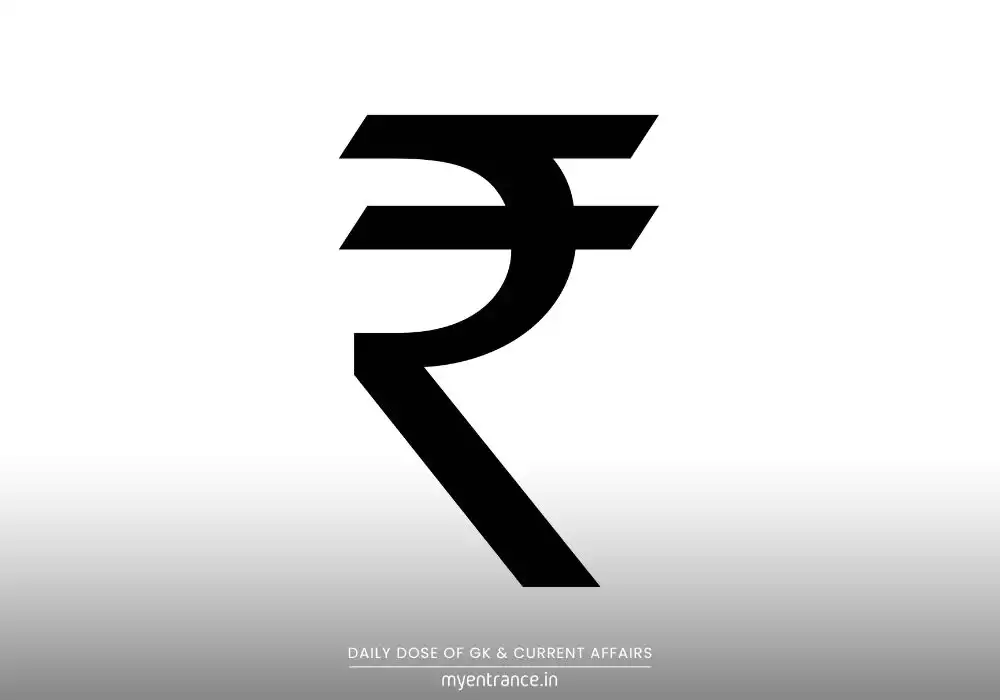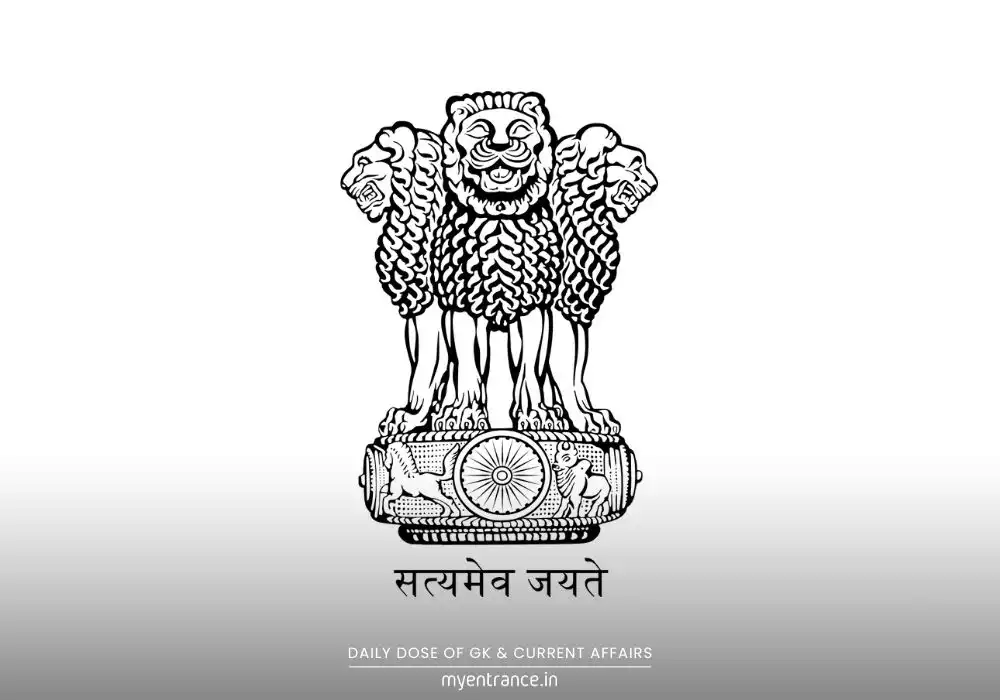Translate Language
History of India’s National Flag: Evolution, Symbolism & Key Facts for Competitive Exams
The Indian national flag, a powerful symbol of freedom and unity, has a rich history dating back to the independence movement. Adopted on July 22, 1947, the tricolor represents India’s sovereignty, courage, and cultural heritage. Understanding its evolution and symbolism is essential for competitive exams and patriotic awareness.
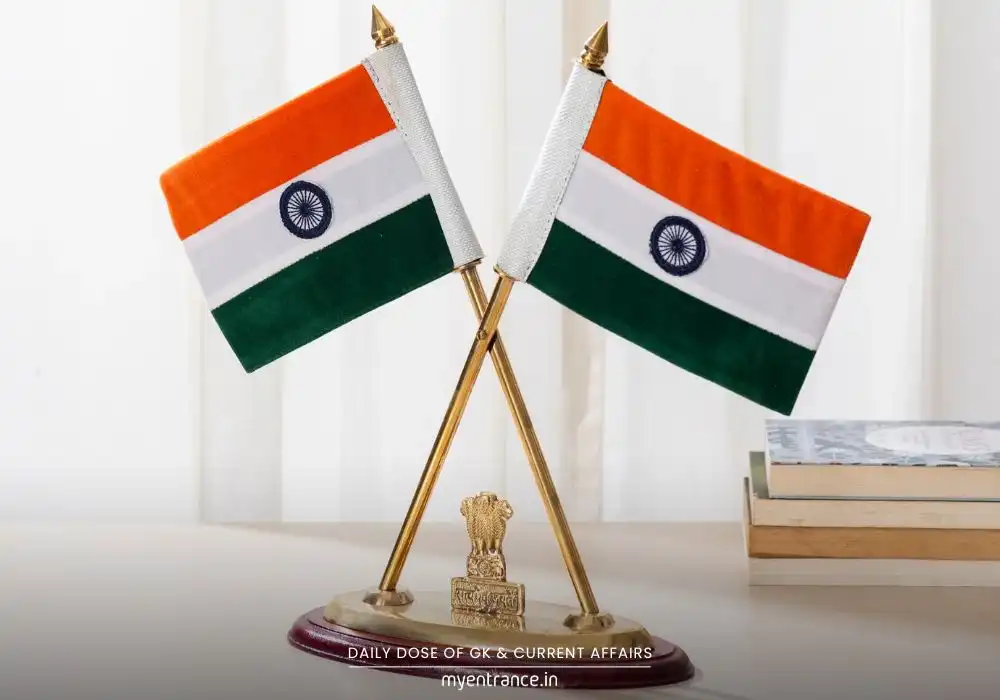
History of India’s National Flag
India’s national flag, fondly called the “Tiranga” (tricolor), has undergone several transformations before taking its current form. The journey of the flag reflects India’s struggle for independence and its cultural ethos.
Early Flags Before Independence
The first unofficial flag of India was hoisted in 1906, featuring three horizontal stripes of green, yellow, and red with symbols like the sun and crescent moon.
In 1917, the Home Rule Movement introduced a flag with five red and four green stripes, along with the Union Jack and a crescent-star symbol.
The 1921 design by Pingali Venkayya included two colors—red (Hindus) and green (Muslims)—with a spinning wheel, later modified by Mahatma Gandhi to include a white stripe representing other communities.
Final Adoption of the Tricolor
The current version of the Indian flag was adopted by the Constituent Assembly on July 22, 1947, just before India’s independence. It features:
Saffron (Kesariya) at the top – Symbolizing courage and sacrifice.
White in the middle – Representing peace, truth, and the Dharma Chakra.
Green at the bottom – Denoting prosperity and fertility.
Navy Blue Ashoka Chakra (24 spokes) – Inspired by Emperor Ashoka’s Lion Capital, representing righteousness and progress.
Why is This Important for Exams?
Questions about the Indian national flag frequently appear in UPSC, SSC, PSC, KAS, and other competitive exams. Key areas include:
Historical evolution of the flag.
Meaning of colors and the Ashoka Chakra.
Flag Code of India (2002 amendments).
Significance in national events.
Questions & Answers on History of National Flag
1. When was the present Indian national flag officially adopted?
Answer: July 22, 1947, by the Constituent Assembly.
2. What does the saffron color in the flag represent?
Answer: Courage, sacrifice, and the spirit of renunciation.
3. How many spokes are there in the Ashoka Chakra?
Answer: 24 spokes, symbolizing continuous progress.
4. What was the significance of the 2002 Flag Code amendment?
Answer: It allowed citizens to hoist the flag at homes and institutions year-round, not just on national days.
5. Which historical structure inspired the design of the Ashoka Chakra?
Answer: The Lion Capital of Ashoka at Sarnath.
The Indian tricolor is not just a flag but a representation of the nation’s pride, history, and values. Mastering its details will help you score well in competitive exams while deepening your respect for India’s heritage.
For more exam tips and mock tests, visit MyEntrance.in and boost your preparation today!
Get 3 Months Free Access for SSC, PSC, NIFT & NID
Boost your exam prep!
Use offer code WELCOME28 to get 3 months free subscription. Start preparing today!

